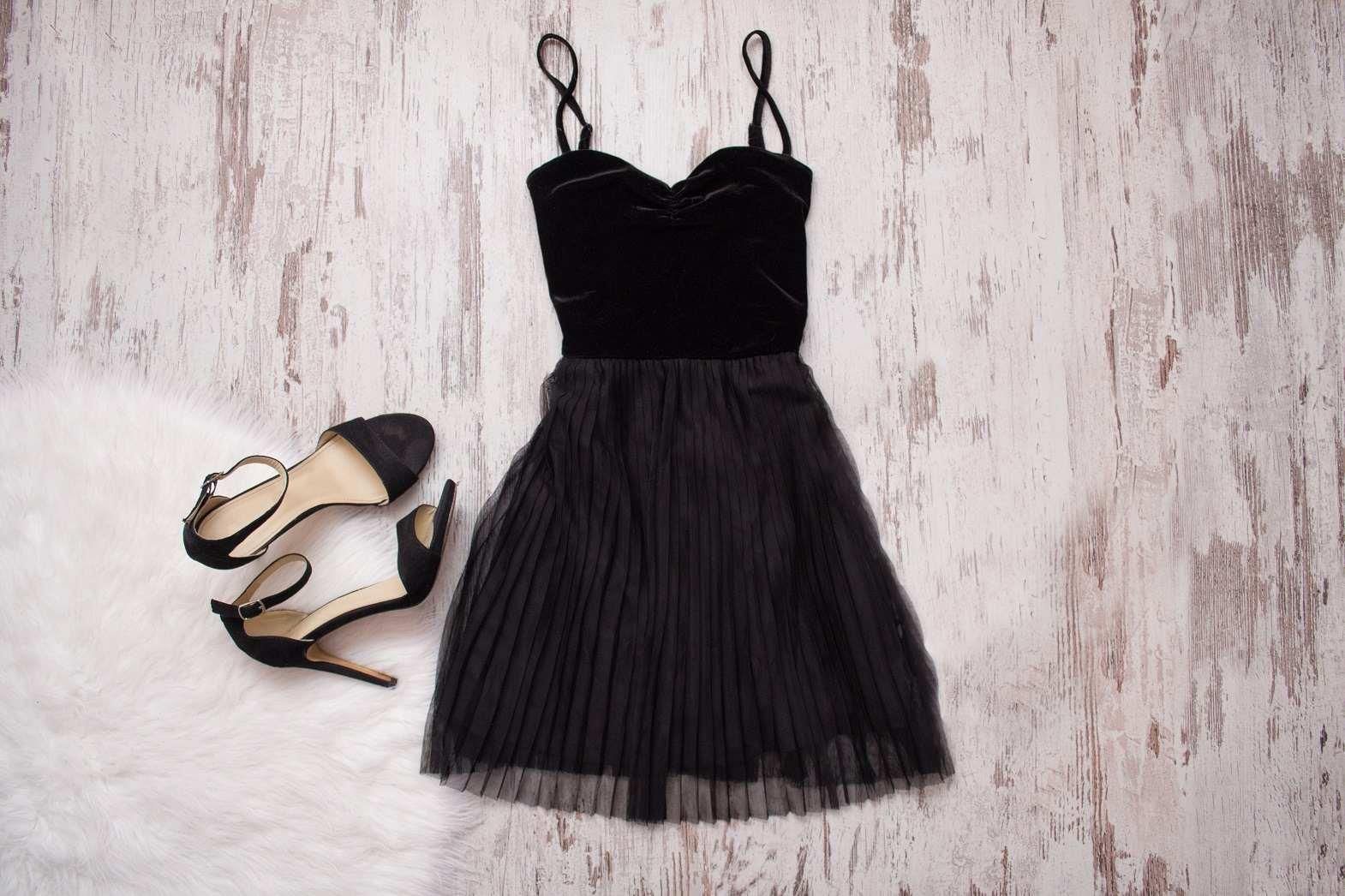The LBD became popular among women because it offers versatility - one can dress up or dress down with it. You can never go wrong and easily avoid fashion faux pas by wearing an elegant and chic LBD for almost all evening occasions. There has been a significant evolution in the style and structure of the LBD since its inception. Nevertheless, it retains the same enduring charm, versatility, and affordability.
Black was traditionally associated with mourning, and women in mourning were required to follow strict rules, wearing nothing but black dresses for about a year. During the Great Depression and World War II, many women wore black and became breadwinners for their families by entering the workforce. Therefore, a simple black dress became the power dressing of choice for most women.
The very first LBD was designed by Coco Chanel in the 1920s. Chanel's black dress graced the cover of Vogue in 1926 and became a sensation among women. The magazine referred to it as Coco's 'Ford,' drawing a parallel to the success of Ford's affordable Model T car. The dress was short, featured simple cuts, a drop waist, and was often accessorized with pearls. Its mass appeal made it accessible to women of all social classes. Black was no longer exclusively associated with mourning, and by the end of the 1920s, it had become a standard and the epitome of elegance and mystery, dominating the women's high fashion scene.
The 1930s marked the era of jazz, and LBDs featured loose designs, flappers, and sequins. In the 1940s, the LBD became more conservative due to the war. Women invested in a classic LBD and used different accessories to change its look, making it the perfect garment for nearly every occasion.
The 60s was when the LBD was preferred in two varied styles. The older women stuck to the more conventional look and design of the LBDs, where as the younger generation took to short hemlines, a high slit, and detailing with nets. However, the game changer was Givenchy's iconic LBD wore by Audrey Hepburn in the movie Breakfast at Tiffany's. The dress became the new synonym to chic in no time. Embellishments also became a regular detailing used in the LBDs of the 60s.
With time, the look of the LBDs just got bolder and stronger. The 70s was all about punk rock, and fashion became more about attitude, which had a huge influence on the variations in the LBD too. Safety pins, fish net stockings, and ripped cuts were molded to create designs to suit the modern woman of the 70s. The widely embraced peplum trend today, was the highlight of the LBDs of the 80s. The necklines got lower and the shoulders broader bringing a new distinction to the little black dresses.
The 90s look of the LBDs was more like an amalgamation of the grunge meets the back to basics style. The dresses were short and body hugging, and were usually paired up with leather boots and sandals. The LBDs in the 2000s fashion scene were of the bandeau and baby doll dress styles. The latest look of the little black dress uses more velvet fabrics and laces. It bears more sophisticated cuts and the shape is more body sculpting.
The little black dress has surpassed countless trends and still remains a classic. Teaming up a LBD with a jacket would be ideal for a formal or a day look, while the same LBD can be worn with heels and accessories for an evening cocktail. Every fashionista's closet essentials consist of a standard LBD that can be worn at multiple occasions. This makes the LBD an eternal piece for investment and a timeless trending style even today.
References:
1. Vintagetextile.com
2. Kaleidoscope.co.uk
3. Thecourieronline.co.uk









Comments